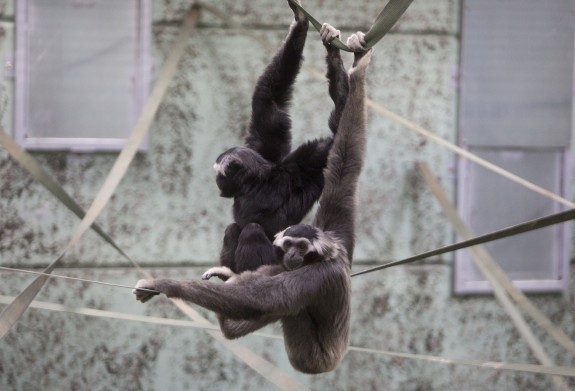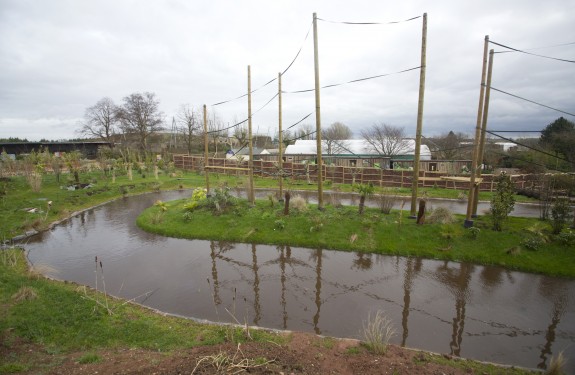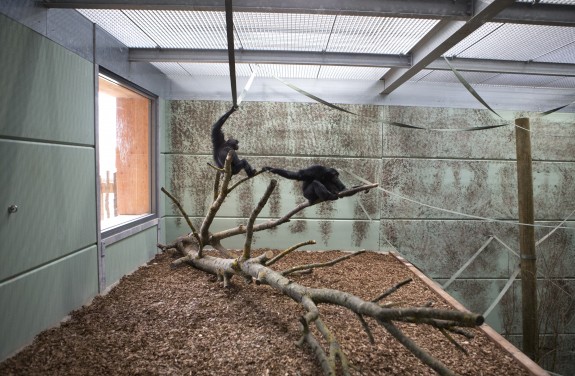Today marks the opening of one of the largest gibbon habitats in Europe at Twycross Zoo in Leicestershire, a zoo renowned for its excellence in primate care and exceptional breeding track record.
So, what does this new £2 million habitat mean for the zoo and its inhabitants?

The new habitat has been commissioned by Twycross Zoo and informed by the specialist knowledge and experience of the team of primate experts.
The design for the new habitat spans at almost an acre and is 10 times the size of its previous space.
The new habitat has been created in an innovative moated island style.
This modern enclosure is set to replicate their natural environment including canopies of Asian rainforests; this exciting expansion will also give visitors a more exciting visual experience.
The new habitat consists of:
– A 2 story building
– 4 separate island habitats
– 4 separate interior pod habitats with specialised biofloors
– 1800 cubic metres of water for the moat
– A steel mesh ceiling – used for feeding will encourage the gibbons natural behaviours of reaching for food in high top trees
– 7 metre high viewing building for visitors

Typically found in Southern Asia, there are 15 species of gibbon, and Twycross is home to four of these species all of which are endangered in the wild: Siamang, Agile, Pileated and the Northern White-Cheek Crested gibbon – the most critically endangered of them all.
The careful thought and detail that has gone into the design of the new habitat allows the gibbons to swing for distances up to 30 metres.
This new design is hoped to enhance the primate’s natural behaviours and be a vital breeding environment for the endangered species as well as providing an exciting experience for its visitors.
What a great way to celebrate the year of the monkey!
By Jessica Challoner-Sterland








